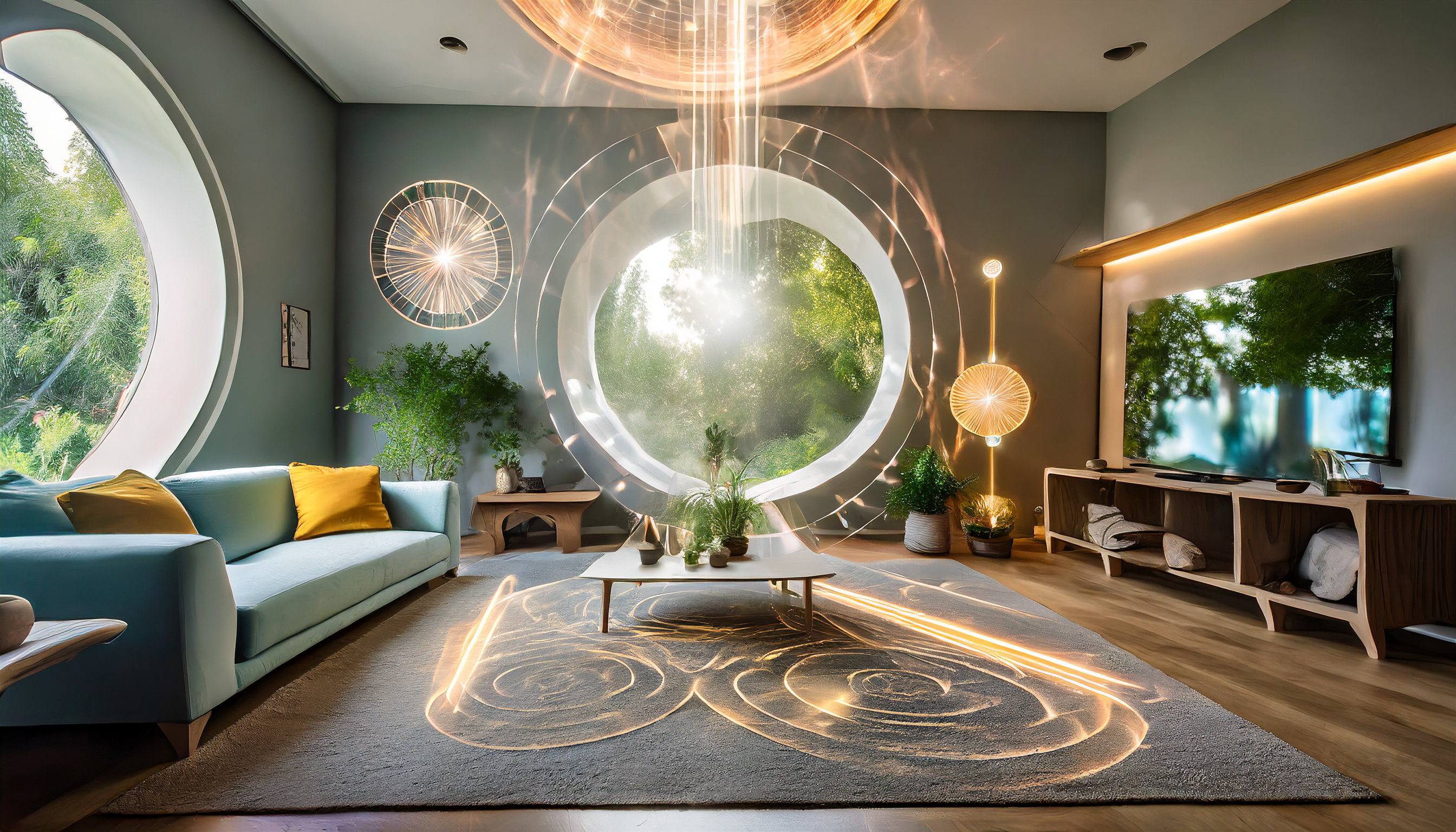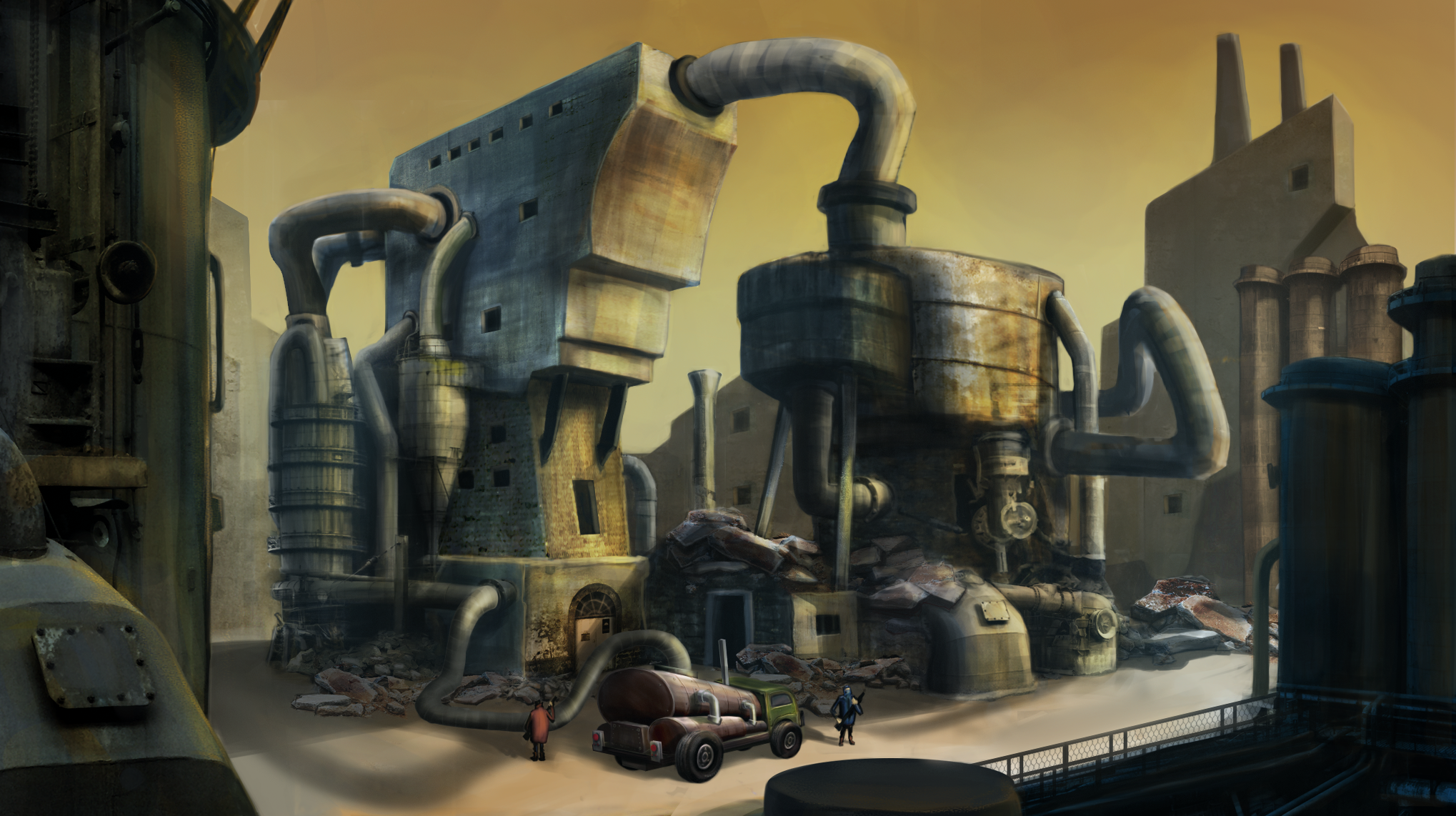Environments are a crucial part of most apps. They set the mood of the app and help users figure out functionality and story. A well designed environment will help you know what has happened, what is the story, and make it obvious what do you need to do, what are the things you need to pay attention to. It will also set you in the right mood to enjoy the application.
While I don’t consider myself to be an Environment Designer, I have created many environment concepts, both to set the overall direction to be followed by production artists, or as the lead creator in smaller apps, where I have both set the direction and created the assets myself.
The concepts in this section are concepts that I created not already shown in project sections of my portfolio.
Mixed Reality: Expanding Your World
One of the more compelling aspects of designing environments for Mixed Reality, it the ability to bring the intangible into the “real world” around you, the ability to represent energy, represent your thoughts, feelings and emotions as something that is visible and manipulatable.
Below are concepts I made for a wellness mixed reality app that transformed your home environment, in this case your living room, into a place that felt sacred and transformative. I used symbols like portals to infinite spaces, stained glass-like effects that are common in some religious temples, and columns of light. I created these concepts with a combination of Generative AI tools, digital painting, and digital compositing:
Below are concepts for a different mixed reality app, focus on creativity and transforming your environment into a source of inspiration and play.
Virtual Reality: Awe and Wonder
In VR there is more room to create environments that defy reality. You can completely alter the sense of scale and the way objects behave, facilitating the creation of spaces trat trigger a sense of awe and wonder.
The concept below was developed for an application where you can create an immersive vision board.
Below is a concept for a music app, where abstract spaces are created procedurally based on audio inputs. This, and all the concepts below were created a few years ago without Generative AI, only digital painting techniques.
The concept below was developed for an addiction support VR Application, where users did breathing exercises to energize the objects and release anxiety.
Environments as Storytelling Tools
The concept below, all done with digital painting, is a post-apocalyptic environment developed for a personal project, but is a good example of environments that help you see what has happened. The rusty materials, obsolete technology, and debris show a place that has been mostly abandoned, and not well kept. The environment is dry with no signs of plant or animal life. The yellowish tone also make it unnatural and give it a sense of illness .
The concepts below were developed for Codespark Academy, a game to teach kids the principles of coding through play. Here it is easy to see how color, shape, and composition, help tell a story and set the mood. In this case the tone and mood is happy, humorous. The cars and helicopters moving around, and characters standing on top of buildings having fun, tell you the world is safe and alive. The dropped paint, also tell you that this is a place that is playful and where being messy is allowed.
The first concept although not really an environment design, it helps to show my approach to environmental storytelling. This concept was developed to communicate the vision for the game and get funding, and in that was very successful. Codespark Academy is now s the #1 learn-to-code app teaching kids the ABCs of coding.
Below is a concept for an expansion pack for the same game. Again, colors and shapes, help tell the story and the mood.















